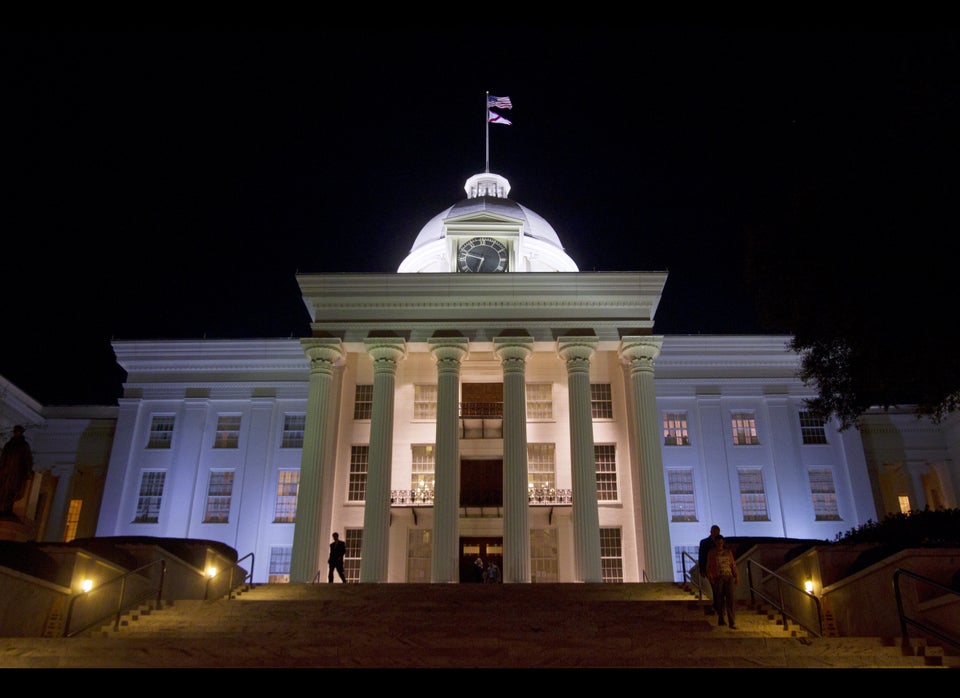North Carolina Republicans gave themselves a “large and durable” advantage in proposed state districts after a federal court forced them to redraw the electoral map, according to a new analysis released Tuesday.
The Campaign Legal Center analyzed the recently proposed maps using the “efficiency gap,” a mathematical method growing in popularity that measures the votes each party wastes in an election. The method has gained considerable attention because a federal court in part considered it when striking down Wisconsin’s state map on partisan grounds. The Campaign Legal Center is representing the plaintiffs challenging the maps in the appeal of that case, which the Supreme Court will hear in October.
When an efficiency gap is greater than 7 percent, experts say, it is extremely likely the majority will maintain its majority. The CLC analysis shows that in North Carolina, where Republicans have supermajorities in both legislative chambers, the expected efficiency gap for the proposed state House and Senate maps is just under 12 percent for each.
“Assuming a statewide uniform swing in the vote, in order for there to be a Republican majority in the House, Republicans will only need a statewide vote of 45.7 percent. By contrast, Democrats would need 54.8 percent of the vote to get a majority in the House. This is asymmetrical, and evidences a severe bias in favor of Republican voters,” Ruth Greenwood, voting rights counsel at the Campaign Legal Center, wrote in the analysis.
Assuming the same conditions in the Senate, Republicans would need just 46.15 percent of the statewide vote to retain a majority, while Democrats would need a 55.15 percent share.
“By historical standards, these are extraordinarily large figures, revealing an enormous Republican edge,” Greenwood wrote in the memo, which she submitted to lawmakers charged with creating the new maps. Those lawmakers were holding public hearings on the maps across the state on Tuesday.
Even if Democrats perform better than expected ― with up to 5 percentage points more of the vote ― the efficiency gap increases in Republicans’ favor in the proposed House and Senate plans. That result shows the power of gerrymandering: Even though Democrats would be getting more votes, they wouldn’t be able to translate them into more elected lawmakers.
The Supreme Court has never struck down a legislative map on partisan grounds, leading to intense interest in the Wisconsin case and the efficiency gap.
The North Carolina analysis shows that lawyers can use data provided by the state to predict a large efficiency gap that signals a map will be unfair to voters, Greenwood said.
A federal court forced North Carolina lawmakers to redraw its maps because they took race into account too much. But understanding the political advantage that a map gives one party is linked to understanding how gerrymandering dilutes the influence of racial groups, Greenwood told HuffPost.
“Race and politics are intertwined in North Carolina because to some extent there’s racially polarized voting,” she said. “It’s not OK, when a legislature has been found to violate one part of the Constitution, for them to introduce a remedy plan that violates a different part of the Constitution. They should have to have legal plans in total.”


